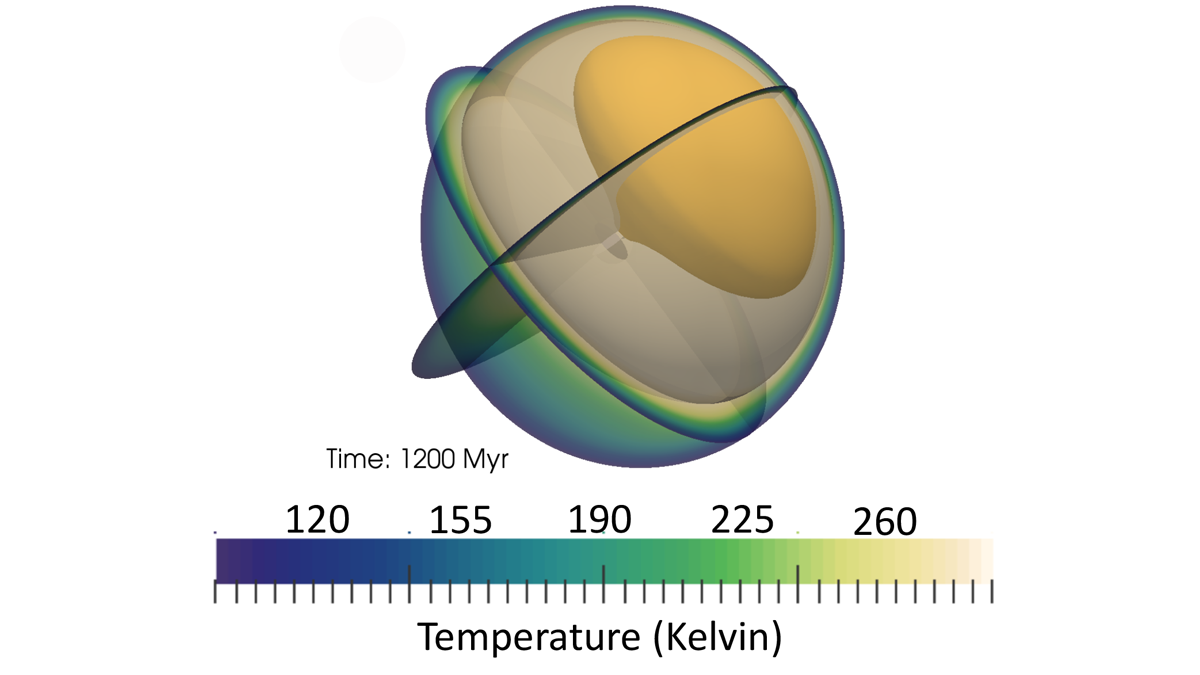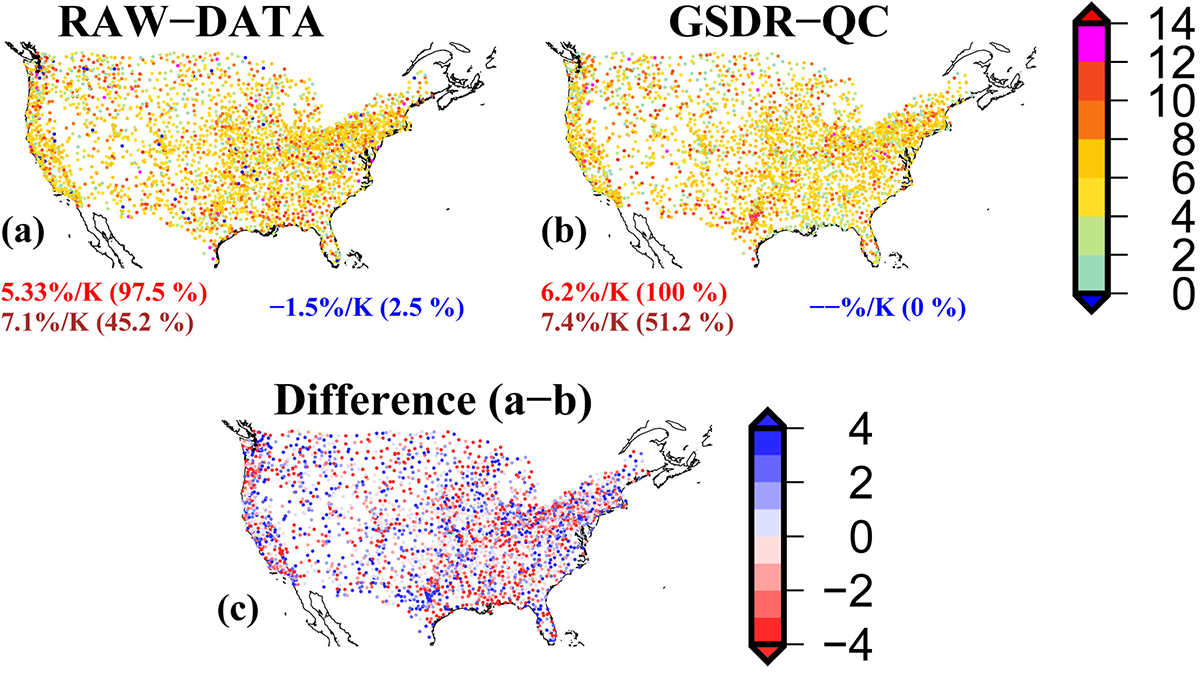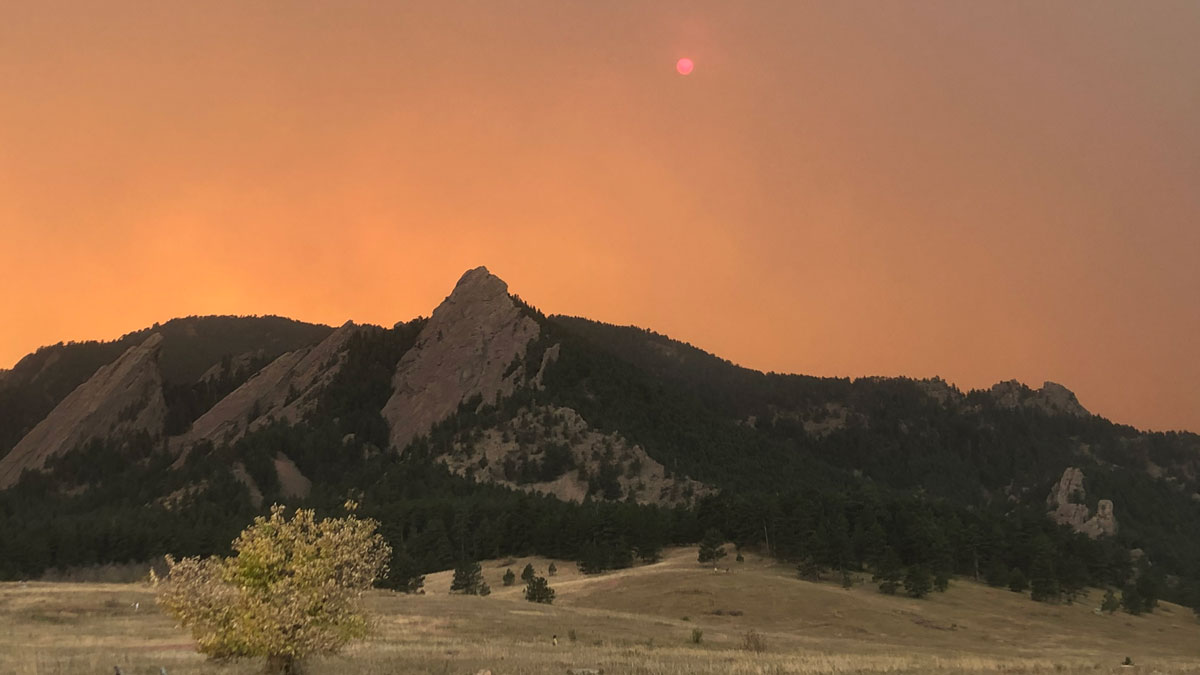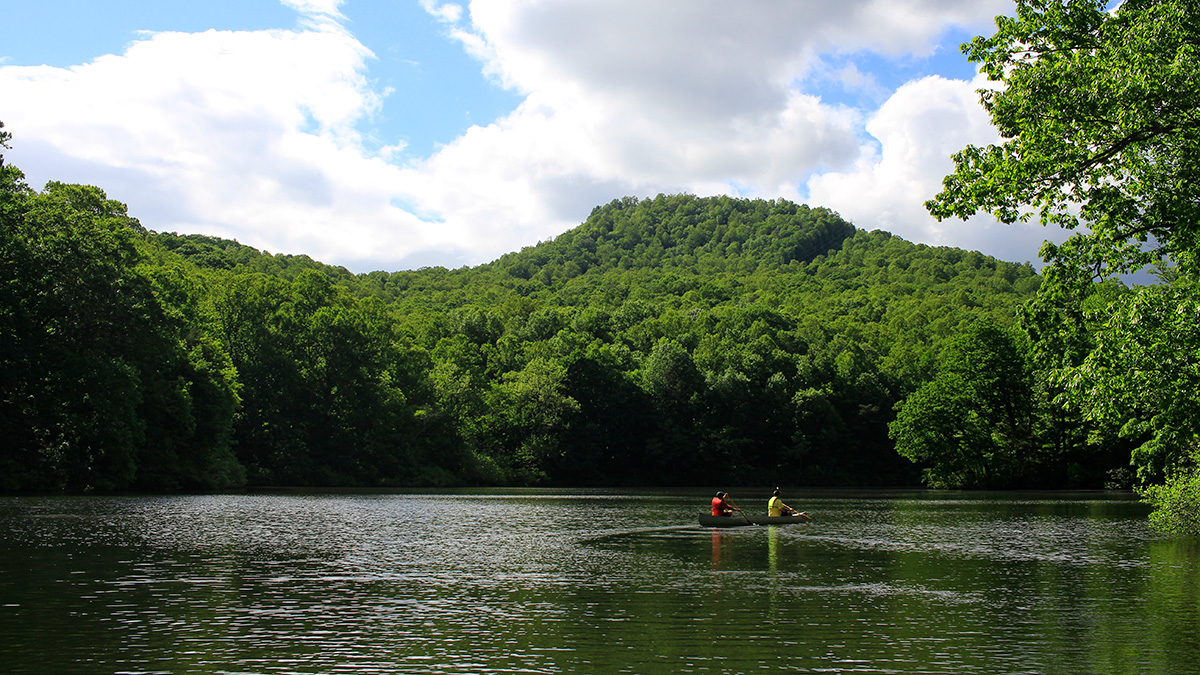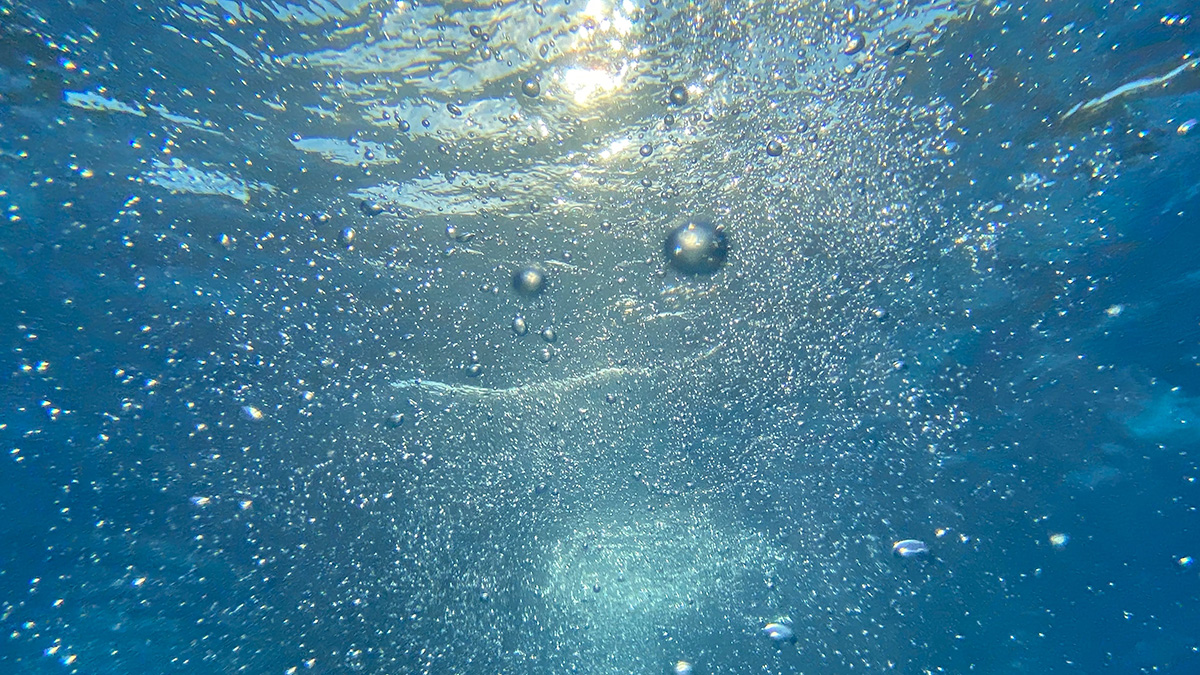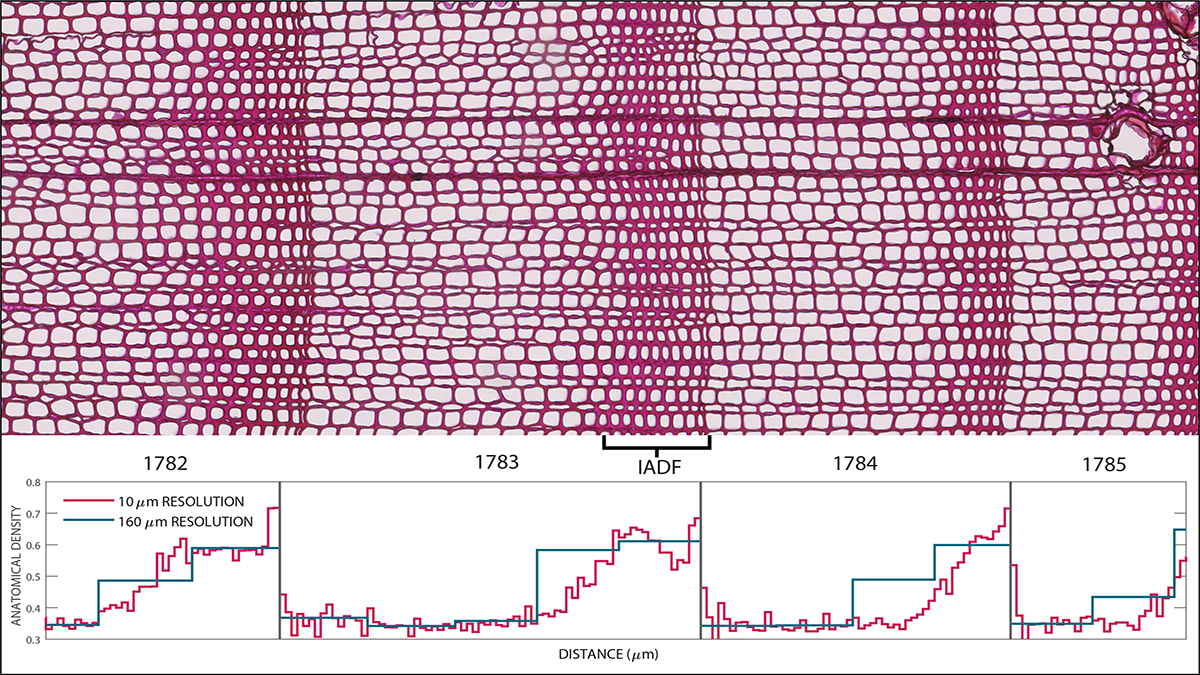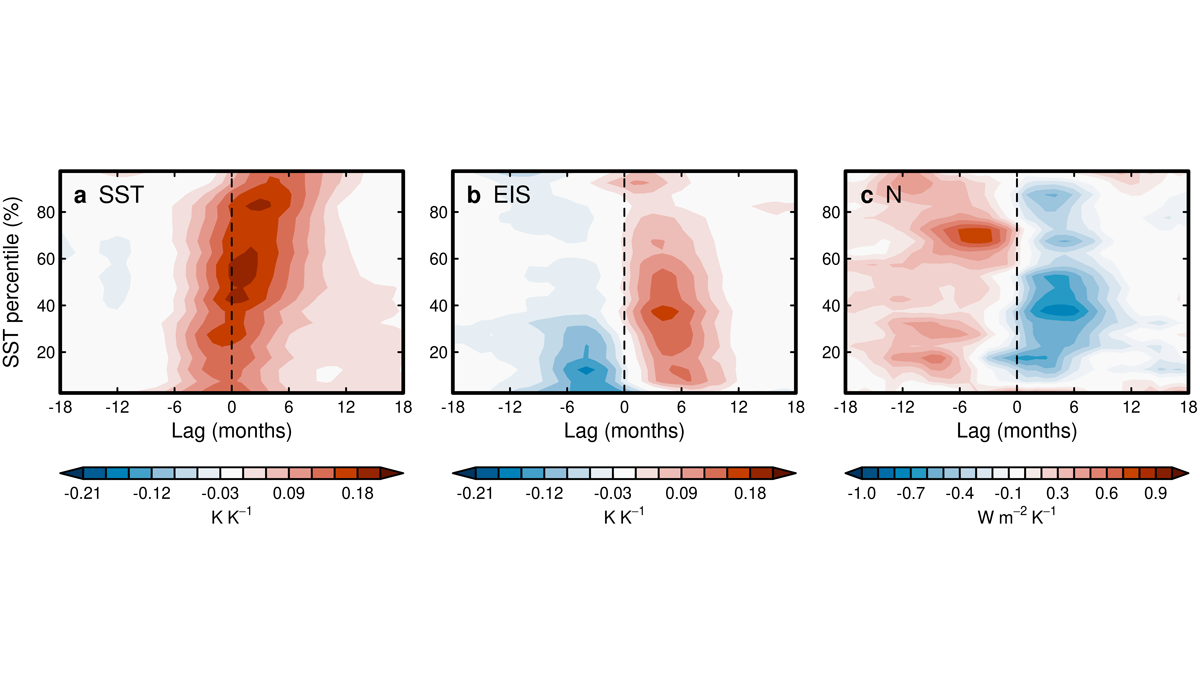Models show that several puzzling features about Ceres’ topography, gravity anomalies, and crater size distribution may be explained by asymmetric hemispherical convection due to radiogenic heating.
temperature
It’s Cool to be Short When You’re in the Arctic Permafrost
Extensive ground temperature measurements complicate our understanding of how vegetation cover, snow duration, and microtopography influence the pace of permafrost thaw in a changing climate.
Explaining Uncertainty in Estimates of Rain Response to Warming
Humidity increases with warming. Theory and observations about how increased humidity translates into more extreme rainfall can be reconciled if attention is paid to data and methods.
For Western Wildfires, the Immediate Past Is Prologue
A new machine learning approach trained on winter and spring climate conditions offers improved forecasts of summer fire activity across the western United States.
The Domino Effect of Freshwater Suffocation
As lakes and reservoirs become anoxic, they can promote poor water quality downstream.
A Hail of a Night in Mexico
When a severe hailstorm hit Mexico’s capital last week, citizens began to wonder whether climate change could be the cause. But is that the right question to ask?
Loss of Ocean Memory Has Implications from Forecasting to Conservation
New research indicates climate change may thin the mixed layer and contribute to a reduction of sea surface temperature anomalies.
Arctic Ozone Loss Brings Warming to the Near Surface
New research confirms that ozone loss over the Arctic can lead to widespread warming near the Artic surface during late winter and early spring.
How Hot Was the Summer of 1783 Really? Trees Tell Tales
Volcanoes, heat waves, and tree rings – getting the seasonal story straight – a new study finds that volcanic fog lowered summer tree ring density despite the heat.
El Niño-Southern Oscillation and Radiation Two-Way Coupling
Changes in sea surface temperature during ENSO events and radiation are related, suggesting a two-way coupling between sea surface temperature and radiation in coupled climate variability.

